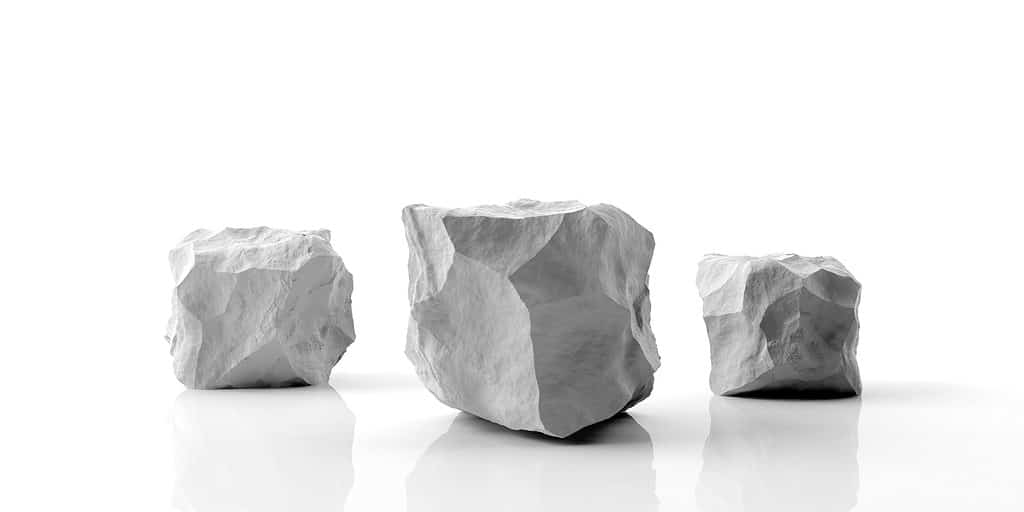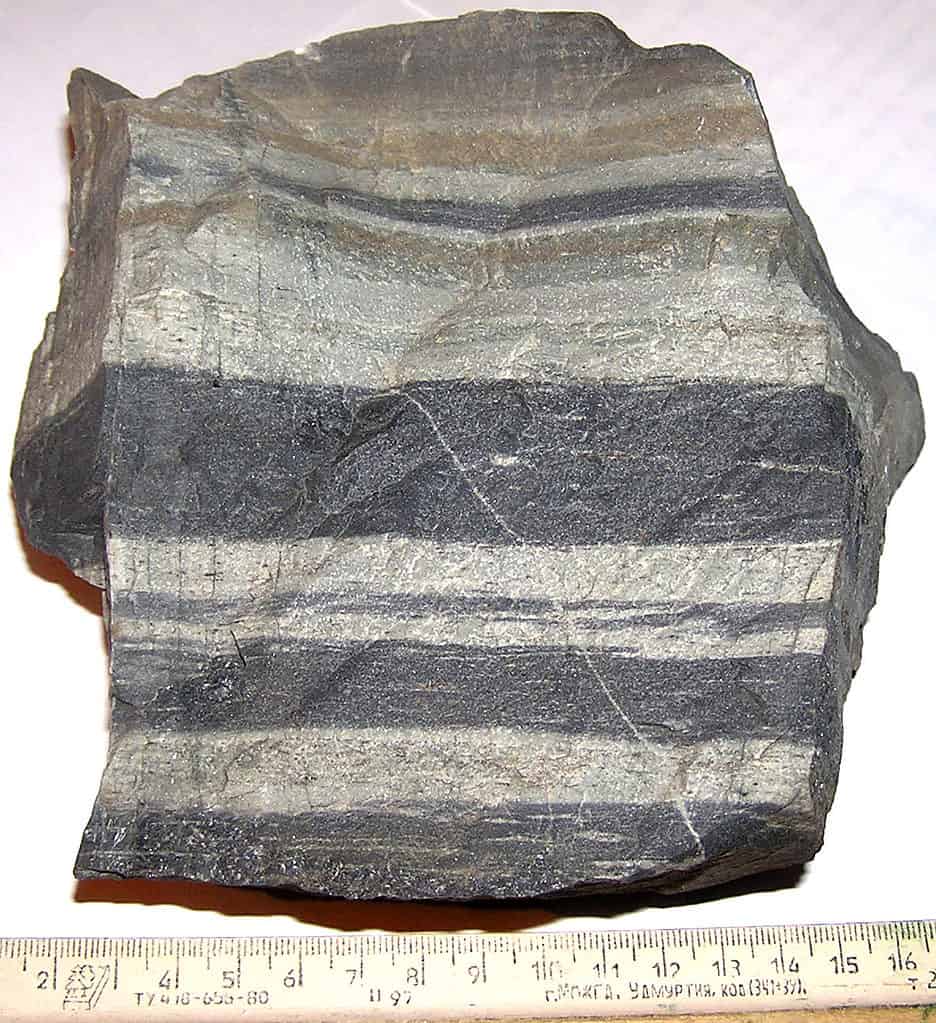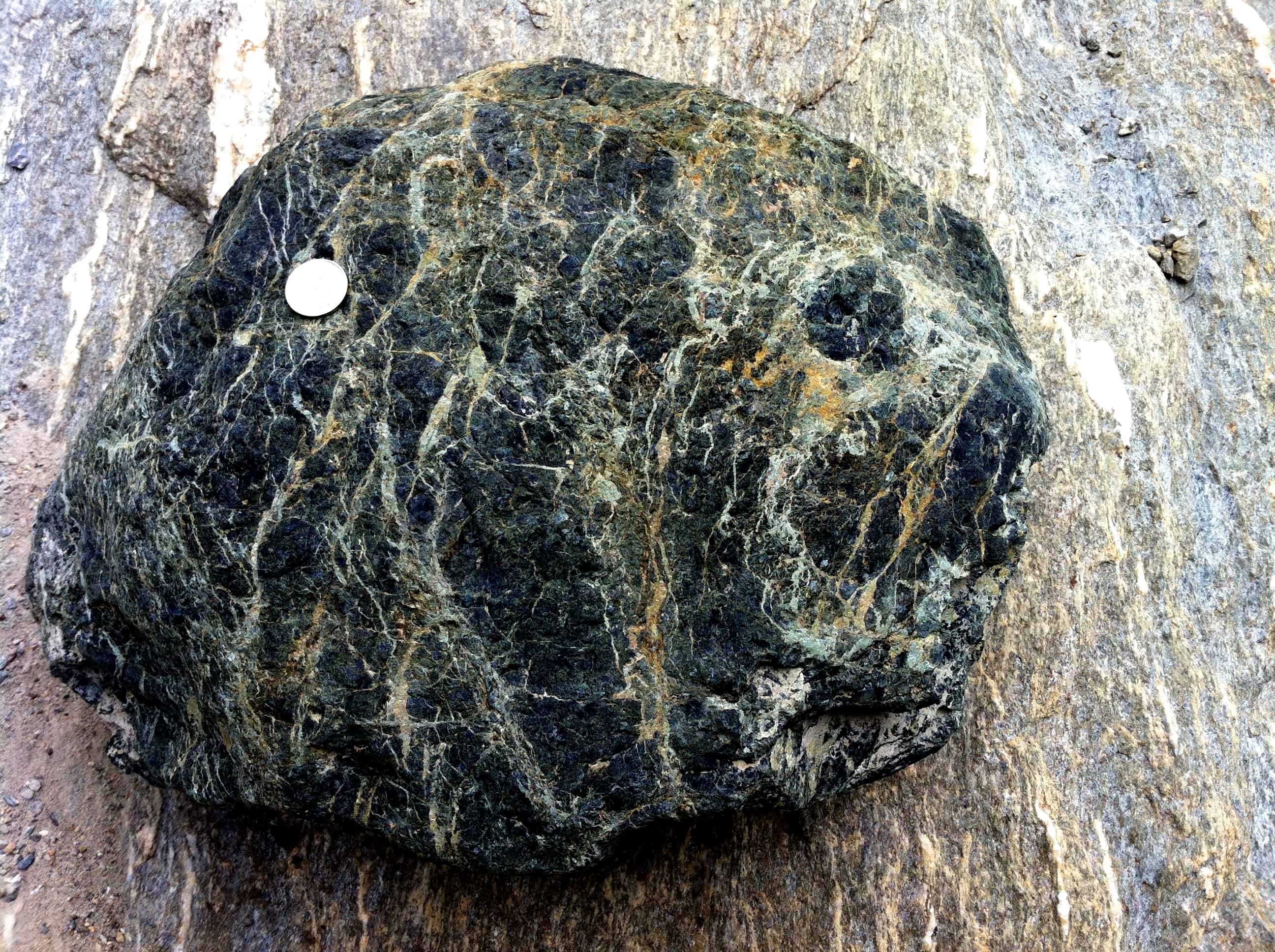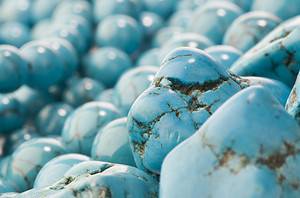There are two distinct classifications of metamorphic rocks: foliated and non-foliated. They are not always easy to tell apart. Certain key information below can help you tell the difference, as well as understand how they are created and what makes them different. We’ll focus on non-foliated rocks.
The Difference Between Foliated and Non-Foliated Metamorphic Rocks

Marble is a non-foliated metamorphic rock. Its looks are smooth, with no banding, even when there are veins.
©iStock.com/Rawf8
The long and short of it (pun intended) is that metamorphic rocks are rocks that used to be different rocks. Immense pressure or extreme heat, changes other rocks (known as parent rocks or protoliths into new types of rocks. The chemical composition, appearance, and texture of the rocks change from these metamorphic environments.
Metamorphism forms foliated metamorphic rocks. The process of “squashing” presses the minerals into elongated forms, creating layers, bands, or “stripes” of minerals within the rocks.
Minerals in non-foliated metamorphic rocks are not elongated during the process. They generally do not have the appearance of bands or stripes (though there are some exceptions).
To learn more about how these rocks are formed, check out our article going into greater detail on the process. Or check out the article on what metamorphic rocks are if you want to know more about the whole rock type.
Non-foliated Metamorphic Rocks

Hornfels are one of the unique exceptions. It looks banded but actually is non-foliated.
©
Most commonly, non-foliated metamorphic rocks are formed around igneous intrusions. Here immense heat from magma or molten lava creates an environment for the process of metamorphism. The temperatures are exceptionally high, but the pressure is lower and equal in all directions. Thus, the minerals are not elongated like they are in foliated metamorphic rocks. Recrystallization changes the minerals in the rocks into larger sizes. The density of the rocks is increased because the atoms are more densely packed.
Types of Non-foliated Metamorphic Rocks

Samples of soapstone in white, gray, and multi-colored (reddish) shades
©
There are many types of metamorphic rocks, both foliated and non-foliated. Some of the most commonly known foliated rocks include schist, gneiss, and slate.
There are many, possibly more commonly known, non-foliated rocks that most of us come into contact with on a regular basis. Here are a few.
- Hornfels
- Marble
- Quartzite
- Soapstone
- Greenstone
- Eclogite
- Serpentinite
- Anthracite
Both foliated and non-foliated metamorphic rocks have many uses: construction, interiors, sculptures and other artwork, road aggregate, paving, roofing tiles, and more. Engineers, artists, and architects consider density and durability. Carve-ability impacts decisions to use them in other aspects like decorative uses, sculpting, and artwork.
Thank you for reading! Have some feedback for us? Contact the AZ Animals editorial team.








